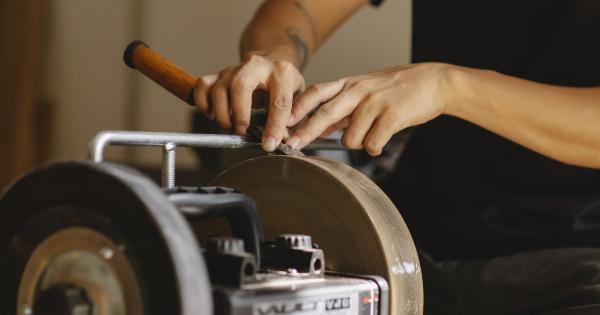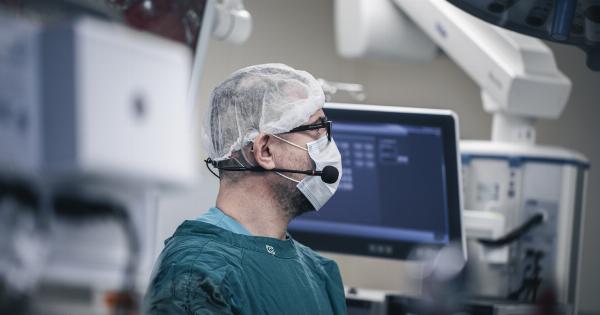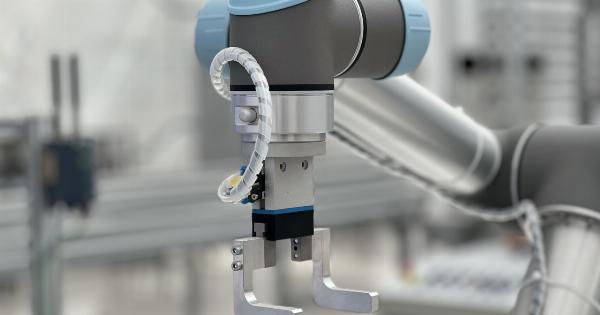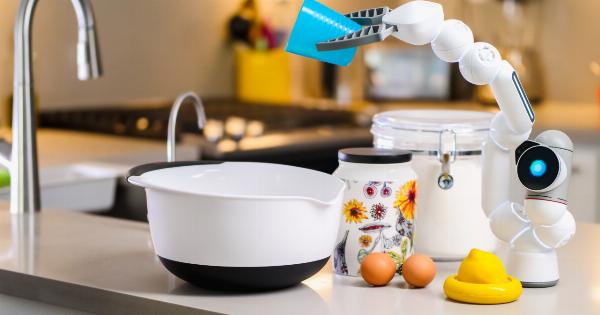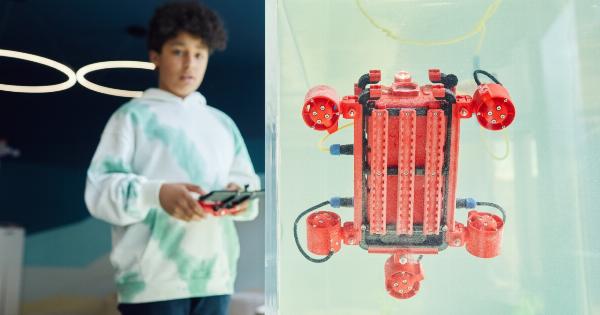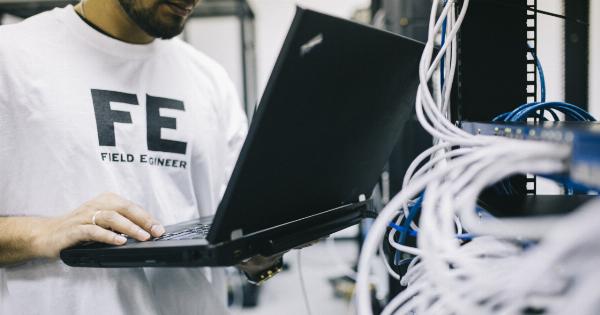Hernias are a common medical condition that occurs when an organ or tissue pushes through a weak spot in the surrounding muscle or connective tissue. This can cause discomfort, pain, and other complications.
Traditionally, hernia repair involved open surgery, which required a large incision and a longer recovery time. However, with advancements in technology and surgical techniques, there are now new surgical options for hernia repair that offer less invasive procedures and faster recovery times.
Laparoscopic Hernia Repair
Laparoscopic hernia repair is a minimally invasive procedure that uses small incisions and a laparoscope, a thin tube with a light and camera, to repair the hernia.
During the procedure, the surgeon inserts the laparoscope and specialized instruments through small incisions in the abdomen. The camera provides real-time images of the hernia on a screen, allowing the surgeon to carefully repair the hernia using mesh or sutures.
This approach offers several advantages over traditional open surgery. The smaller incisions result in less tissue damage, reduced pain, and a lower risk of complications.
Recovery time is also significantly shorter, with most patients able to resume their normal activities within a few weeks. Laparoscopic hernia repair is particularly suitable for inguinal hernias, the most common type of hernia that occurs in the groin area.
Robotic-Assisted Hernia Repair
Robotic-assisted hernia repair is another minimally invasive surgical option that utilizes robotic technology to enhance the precision of the procedure.
Similar to laparoscopic hernia repair, small incisions are made in the abdomen, and a laparoscope and robotic arms with specialized instruments are inserted. The surgeon controls the robotic arms from a console, allowing for greater dexterity and accuracy during the repair.
The robotic system provides a three-dimensional, high-definition view of the hernia, enabling the surgeon to navigate with precision. This reduces the risk of damaging surrounding tissues and nerves.
Robotic-assisted hernia repair is particularly beneficial for complex hernias or for patients with previous abdominal surgeries.
Mesh Placement Techniques
While laparoscopic and robotic-assisted hernia repairs offer less invasive options, the use of mesh is still prevalent in most cases. Mesh is a synthetic material that provides support and strengthens the weakened area, reducing the risk of recurrence.
However, traditional mesh placement techniques involved attaching the mesh to nearby tissues or muscles, which could lead to discomfort or complications.
Recently, new mesh placement techniques have been developed to improve patient outcomes. One technique involves the use of self-fixating mesh, which has small gripping mechanisms that hold the mesh in place without the need for sutures or staples.
This reduces the risk of migration or complications associated with mesh fixation.
Another technique is the use of absorbable or biologic mesh. These meshes are gradually absorbed by the body over time and stimulate tissue regeneration.
This approach eliminates the need for permanent mesh, which may cause long-term discomfort or complications. Absorbable or biologic mesh is particularly suitable for patients with an increased risk of infection or those who desire a more natural repair option.
Advantages of New Surgical Options
The new surgical options for hernia repair offer several advantages:.
- Less invasive procedures: Laparoscopic and robotic-assisted approaches result in smaller incisions and reduced tissue damage.
- Shorter recovery time: Patients can typically resume their normal activities within a few weeks.
- Lower risk of complications: The precision and accuracy offered by these techniques decrease the risk of damaging surrounding tissues and nerves.
- Improved patient outcomes: New mesh placement techniques reduce discomfort and the risk of complications associated with mesh fixation.
Conclusion
Hernia repair has significantly evolved with the introduction of new surgical options. Laparoscopic and robotic-assisted procedures offer less invasive approaches, while new mesh placement techniques improve patient outcomes.
These advancements provide patients with faster recovery times, reduced pain, and lower risks of complications. Consulting with a qualified surgeon will help determine the most appropriate surgical option based on individual circumstances.

